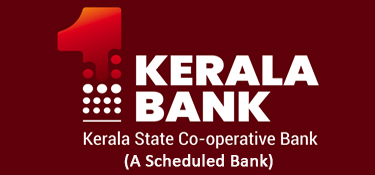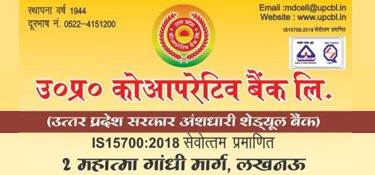As the year is ending the Modi govt is eager to prove that it has taken several new initiatives to double farmers’ income. The job has become still more pressing because of the setback the BJP had in recent state elections which many attribute to the problems faced by farmers.
In a release the govt says it has constituted an Inter-Ministerial Committee under the Chairmanship of Chief Executive Officer, National Rainfed Area Authority, Department of Agriculture, Cooperation and Farmers Welfare to examine issues relating to doubling of farmers’ income and recommend a strategy to achieve doubling of farmers’ income in real terms by the year 2022.
The committee has identified seven sources of income growth viz, improvement in crop and livestock productivity; resource use efficiency or savings in the cost of production; increase in the cropping intensity; diversification towards high value crops; improvement in real prices received by farmers; and shift from farm to non-farm occupations. The committee is also looking into the investments in and for agriculture e.g. increasing public investments for agriculture-rural roads, rural electricity, irrigation; the need for policy support to enable investments by the corporate sector in agriculture.
The Government has been reorienting the agriculture sector by focusing on an income-centeredness which goes beyond achieving merely the targeted production. The income approach focuses on achieving high productivity, reduced cost of cultivation and remunerative price on the produce, with a view to earning higher profits from farming.
Several initiatives have already been taken among each of the above mentioned strategies including initiating market reforms through the State Governments by amending the agriculture marketing regime, Encouraging contract farming through the State Governments by promulgating of the Model Contract Farming Act, 22,000 Gramin Haats to be upgraded to work as centers of aggregation and for direct purchase of agricultural commodities from the farmers,The launch of eNAM initiative to provide farmers an electronic online trading platform and implementation of the flagship scheme of distribution of Soil Health Cards to farmers so that the use of fertilizers can be optimized. So far more than 15 crore Soil Health Cards have been distributed in two cycles.
The other initiatives include “Per drop more crop” initiative under which drip/sprinkler irrigation is being encouraged for optimal utilization of water, “Paramparagat Krishi Vikas Yojana (PKVY)” under which organic farming is being promoted. North East is being developed as organic hub, A revised farmer friendly “Pradhan Mantri Fasal Bima Yojana (PMFBY)” has been launched, Under “Har Medh Par Ped”, agro forestry is being promoted for supplementing farm income, increasing risk management and climate resilient agriculture as an important component of Integrated Farming Systems.
The govt sources claim that the Indian Forest Act, 1927 was amended to exclude bamboo from the definition of ‘trees’. Henceforth bamboo grown outside forest area will not be regulated under the provisions of felling and transit rules. As a corollary, the restructured National Bamboo Mission was launched for development of the value chain of bamboo as a measure to strengthen rural economy by linking the producer (farmer) to markets (industry). It also talks of the launch of the PM-Asha scheme which will ensure MSP to farmers for oilseeds, pulses and copra.
The list also mentions Minimum Support Price (MSP) which is notified by the Government for certain crops the increase in the MSPs for all Kharif & Rabi crops for 2018-19 season at a level of at least 150 percent of the cost of production, Bee keeping has been promoted under Mission for Integrated Development of Horticulture (MIDH) to increase the productivity of crops through pollination and increase the honey production as an additional source of income of farmers, Rashtriya Gokul Mission has been implemented to enhance milk production and productivity of bovines and to make milk production more remunerative to the farmers and National Livestock Mission has been implemented to increase productivity and genetic improvement of livestock.
Foreseeing high potential in the fisheries sector, a Blue Revolution with multidimensional activities mainly focusing on fisheries production, both inland and marine is being implemented, the release underlines.





















































